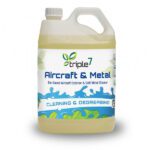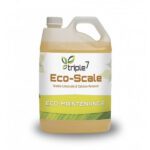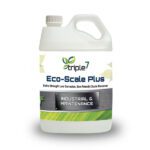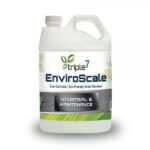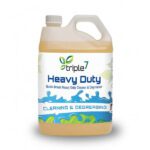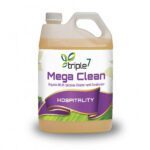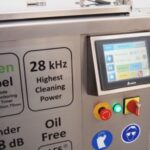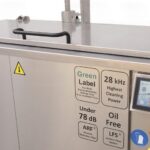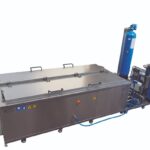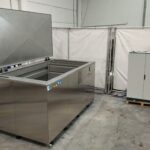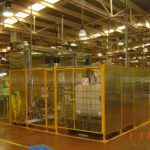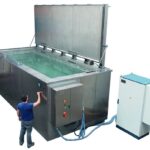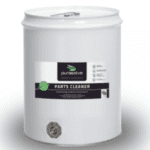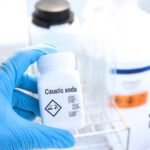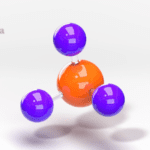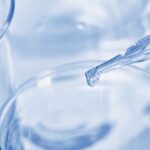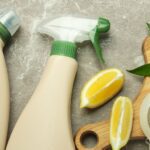Here are 8 abrasive cleaning technologies and how they can be replaced by safer cleaning systems:
- Sandblasting: Sandblasting uses compressed air to propel abrasive materials, such as sand, at high speeds to remove buildup from surfaces. This method can be harsh on surfaces and can cause damage to equipment if not used correctly. Safer cleaning systems that can replace sandblasting include using a high-pressure water jet or a dry ice blast.
- Steel wool: Steel wool is a coarse material that is used to scrub surfaces to remove buildup. Steel wool can cause scratches on surfaces and can cause damage to equipment if not used correctly. Safer cleaning systems that can replace steel wool include using microfiber cloths, or a gentle abrasive cleaning pad.
- Wire brushes: Wire brushes are used to scrub surfaces to remove buildup. Wire brushes can cause scratches on surfaces and can cause damage to equipment if not used correctly. Safer cleaning systems that can replace wire brushes include using microfiber cloths, or a gentle abrasive cleaning pad.
- Abrasive cleaning pads: Abrasive cleaning pads are used to scrub surfaces to remove buildup. Abrasive cleaning pads can cause scratches on surfaces and can cause damage to equipment if not used correctly. Safer cleaning systems that can replace abrasive cleaning pads include using microfiber cloths, or a gentle abrasive cleaning pad.
- Scrapers: Scrapers are used to remove heavy buildup of grime and debris from surfaces. Scrapers can cause scratches on surfaces and can cause damage to equipment if not used correctly. Safer cleaning systems that can replace scrapers include using a high-pressure water jet or a dry ice blast.
- Grinding: Grinding is used to remove heavy buildup of grime and debris from surfaces. Grinding can cause scratches on surfaces and can cause damage to equipment if not used correctly. Safer cleaning systems that can replace grinding include using a high-pressure water jet or a dry ice blast.
- Chemical cleaning: Chemical cleaning uses chemicals to dissolve buildup from surfaces. Chemical cleaning can be harsh on surfaces and can cause damage to equipment if not used correctly. Safer cleaning systems that can replace chemical cleaning include using a high-pressure water jet or a dry ice blast.
- Dry ice blasting: Dry ice blasting uses compressed air to propel dry ice particles at high speeds to remove buildup from surfaces. Dry ice blasting can be harsh on surfaces and can cause damage to equipment if not used correctly. Safer cleaning systems that can replace dry ice blasting include using a high-pressure water jet or a dry ice blast.
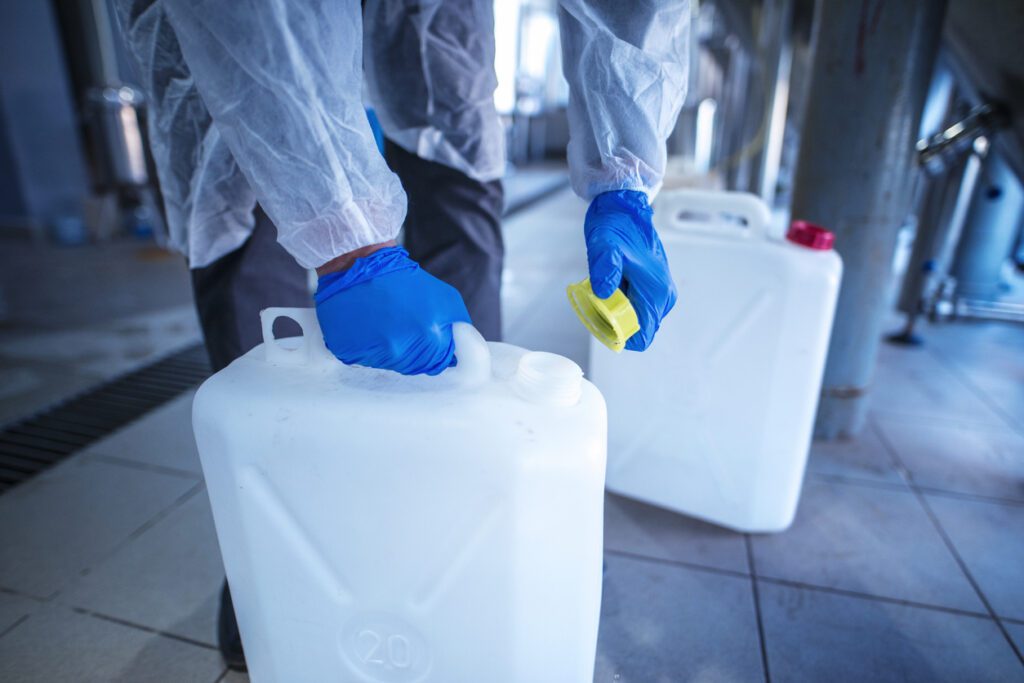

It’s important to understand the specific cleaning task and the surface to be cleaned and choose the appropriate cleaning system. For example, using a high-pressure water jet may be appropriate for heavy-duty equipment, while using a microfiber cloth may be appropriate for cleaning delicate surfaces. In addition, there are also many Eco-friendly cleaning solutions that are available in the market which are less harsh and can be used as an alternative to abrasive cleaning technologies.
It’s also important to note that no matter what cleaning technology is chosen, safety guidelines, and proper PPE should always be followed and the cleaning should be done by a trained professional. In addition, regular maintenance and inspections of the equipment can help prevent the buildup of grime and debris, reducing the need for harsh cleaning methods in the first place.

